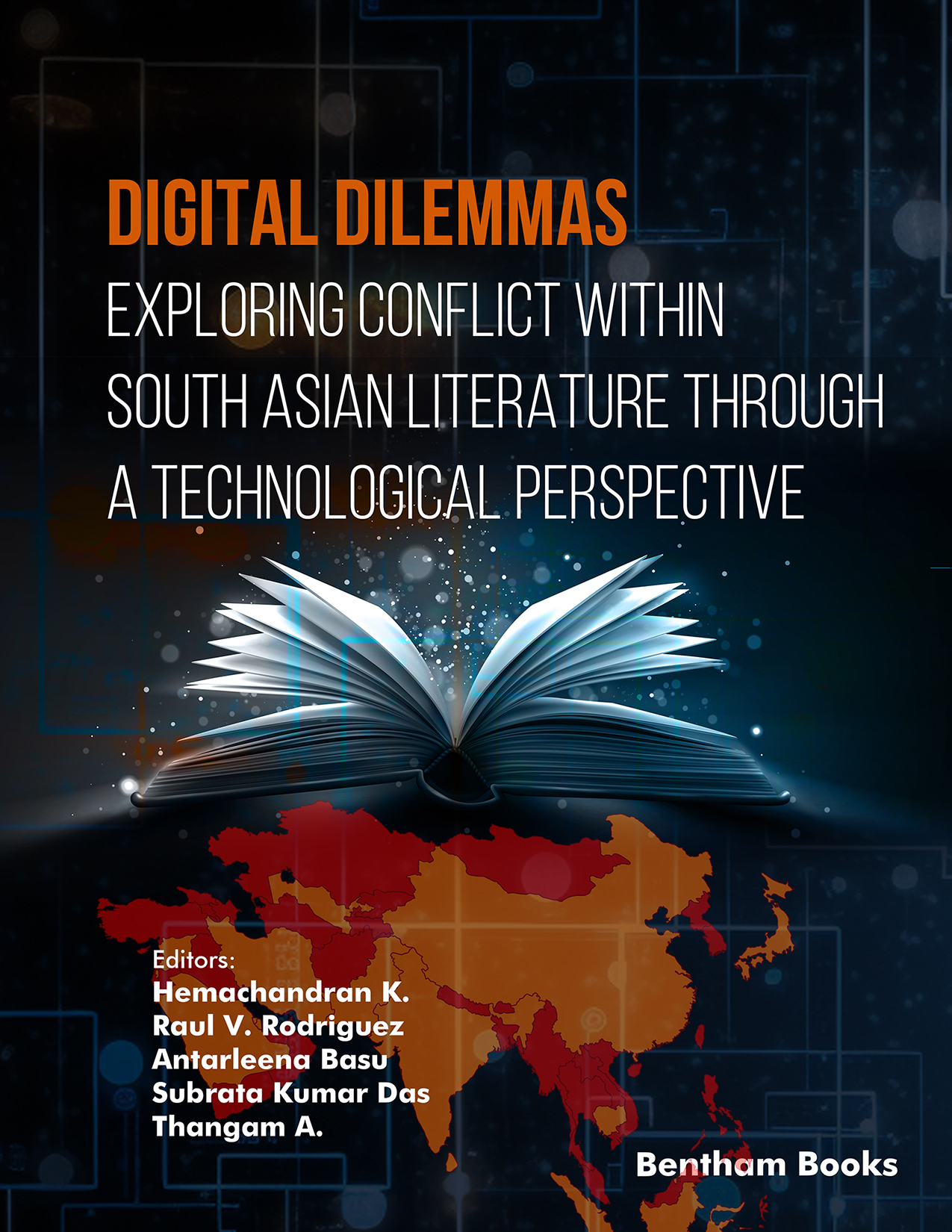This book delves into exploring the concept of conflict in the context of South Asia and examines its representation in literature across genres, especially in consideration of the digital revolution. From a broad perspective, “conflict is an actual or perceived opposition of interests, understandings, and values”, encapsulating discords and differences of varied types. Conflict on all levels of organic existence, as we know, is omnipresent, enduring, and ubiquitous, more so today in the twenty-first century than ever before. In the South Asian context, a geo-socio-political terrain marked by labyrinths of incompatibilities for centuries, the concept of conflict encompasses a multitude of contested facets of socio-political, socio-linguistic, and socio-cultural life in the digital era. In fact, South Asia has always been a landscape of “conflicts without end” (Ranjan 2023), be it social, communal, political, territorial, or ideological, and experiences of these conflicts, both individual and collective, have been portrayed through literature for centuries. Whether it's the unresolved conflict in Kashmir, the civil war in Sri Lanka, communal tensions, the hostility between the individual and their immediate societal structure, or the clash between traditionalism and the digital era, a multitude of both micro and macro conflicts have been depicted in writings. Literary texts, including the ones expressed digitally, have served as an alternate history, capturing conflicts that have gone unrecorded or undocumented in historical databases. Literature has also served, as Derrida observes, to ‘decenter’ conflicts, thereby canvasing the frictions and discords from the perspectives of the subaltern and the subjugated. This book aspires to expand the scope of studying conflict in the context of South Asia and South Asian literature through a holistic and transdisciplinary study of conflict and its representation across literary texts in this digital era, thereby providing scholars with the opportunity to explore recent trajectories in the area.
Though this book can be read by anyone interested in conflict studies, digital discords and its representation in South Asia writings, it is primarily recommended for postgraduate students, research scholars and academicians who are interested in acquiring holistic and interdisciplinary knowledge in this area. We hope that our endeavour to publish this book will be beneficial to the student community, researchers and academicians, and we hope that this pioneering text will encourage further research in this domain. We express our heartfelt gratitude to our contributors, who are experts in this field and hail from renowned institutions. Last, but not the least, we express our sincere gratitude to our editorial teams for their relentless contribution and for rendering unconditional support to publish this book on time.
Hemachandran K
Department of Artificial Intelligence
School of Business, Woxsen University
Hyderabad, India
Raul V Rodriguez
School of Business, Woxsen University
Hyderabad, India
Antarleena Basu
Department of English
School of Liberal Arts and Humanities
Woxsen University
Hyderabad, India
Subrata Kumar Das
Department of English
C.M. College
Bihar, India
&
Thangam A.
Department of English and Education
Dr. MGR Educational & Research Institute
Chennai, India

